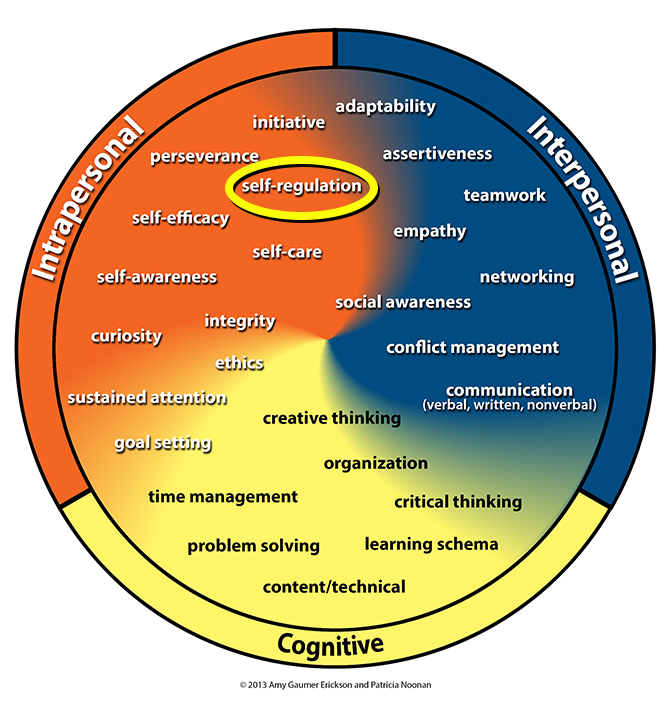Introduction
As you review this module, record your ideas, thoughts, and actions in the Educator Workbook. This workbook contains activities, reflective questions, instructional tools, and assessments that we will refer to throughout the module. After completion of the module, submit your Educator Workbook to earn 9 Continuing Education Units (CEUs).
Part 1: Teaching Students What Self-Regulation Is and Why It Is Important
Part 2: Helping Students Understand Their Strengths and Challenges in Self-Regulation
Part 3: Teaching Students to Plan
Part 4: Embedding Opportunities for Students to Practice Self-Regulation
Introduction
Do your students have difficulty turning in homework, getting to school on time, focusing on academics during class, studying for tests, completing all aspects of projects, or managing their emotions? Self-regulation instruction can help. Self-regulation instruction and practice can support students in completing tasks, reaching goals, and managing their emotional reactions. The focus of this module is to provide activities to use with your students to help them develop self-regulation. The activities help students learn and practice key concepts for self-regulation applied to varying goals and classroom expectations.
Self-regulation is an intrapersonal competency that is defined as “a proactive, self-directed process for attaining goals, learning skills, managing emotional reactions, and accomplishing tasks” (Gaumer Erickson & Noonan, 2021b, p. 1).

Students who receive instruction and opportunities to practice self-regulation can better resist distractions, manage their behavior, and apply specific strategies for successfully completing tasks (Cañabate et al., 2020). Developing self-regulation skills also helps students to become active participants in their learning and be more engaged and motivated in class (Komarraju & Nadler, 2013).
Teachers who implemented self-regulation student activities have observed that students take on more responsibility for learning and experience greater academic achievement. They also reported that their students could better set realistic goals and understand the relationship between specific actions and progress (Gaumer Erickson & Noonan, 2021).
Module Outcomes
This online learning module was developed to assist classroom teachers, special educators, career technical educators, and school counselors in teaching self-regulation to middle and high school students. After completing this module, you will be able to:
- Describe activities that support adolescents in defining self-regulation, identifying strengths and challenges related to self-regulation, and understanding how to make a detailed plan to accomplish a task;
- Determine ways to have students practice self-regulation related to classroom activities;
- Access resources via https://www.cccframework.org/ to support your self-regulation instruction; and
- Explain the College and Career Competency Framework to a colleague, including why we need to support systematic social-emotional learning.
Additional Resources
- Teaching Self-Regulation: 75 Instructional Activities to Foster Independent, Proactive Students by Gaumer Erickson & Noonan (2021).
- The Skills That Matter: Teaching Interpersonal and Intrapersonal Competencies in Any Classroom by Noonan & Gaumer Erickson (2018).
